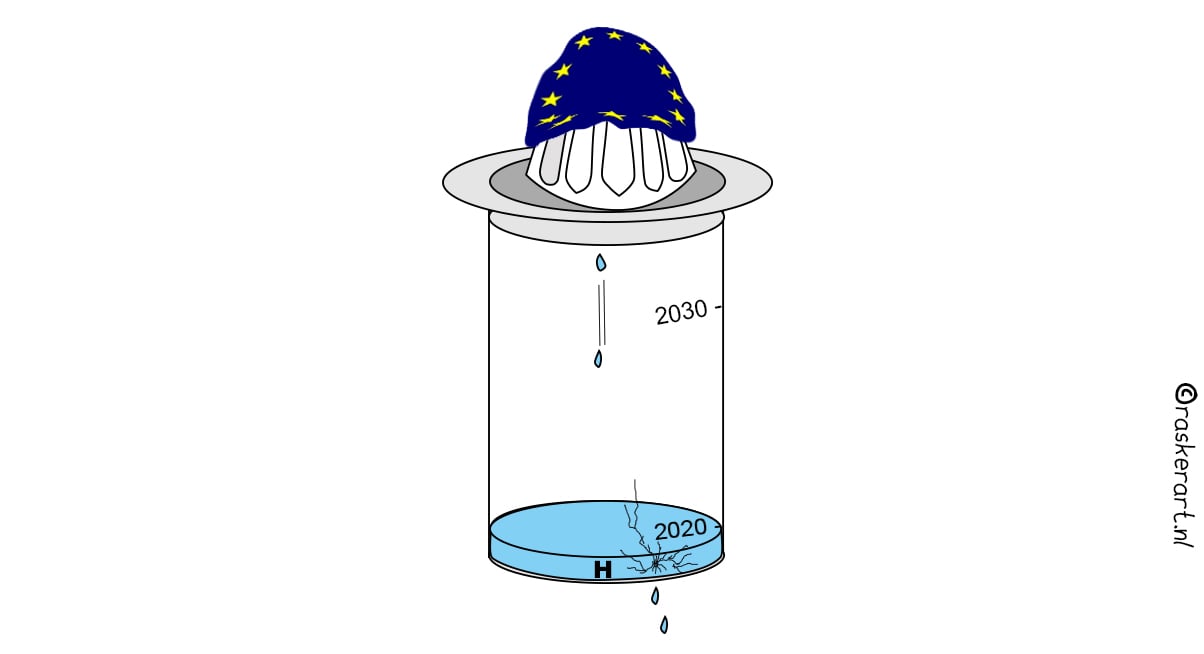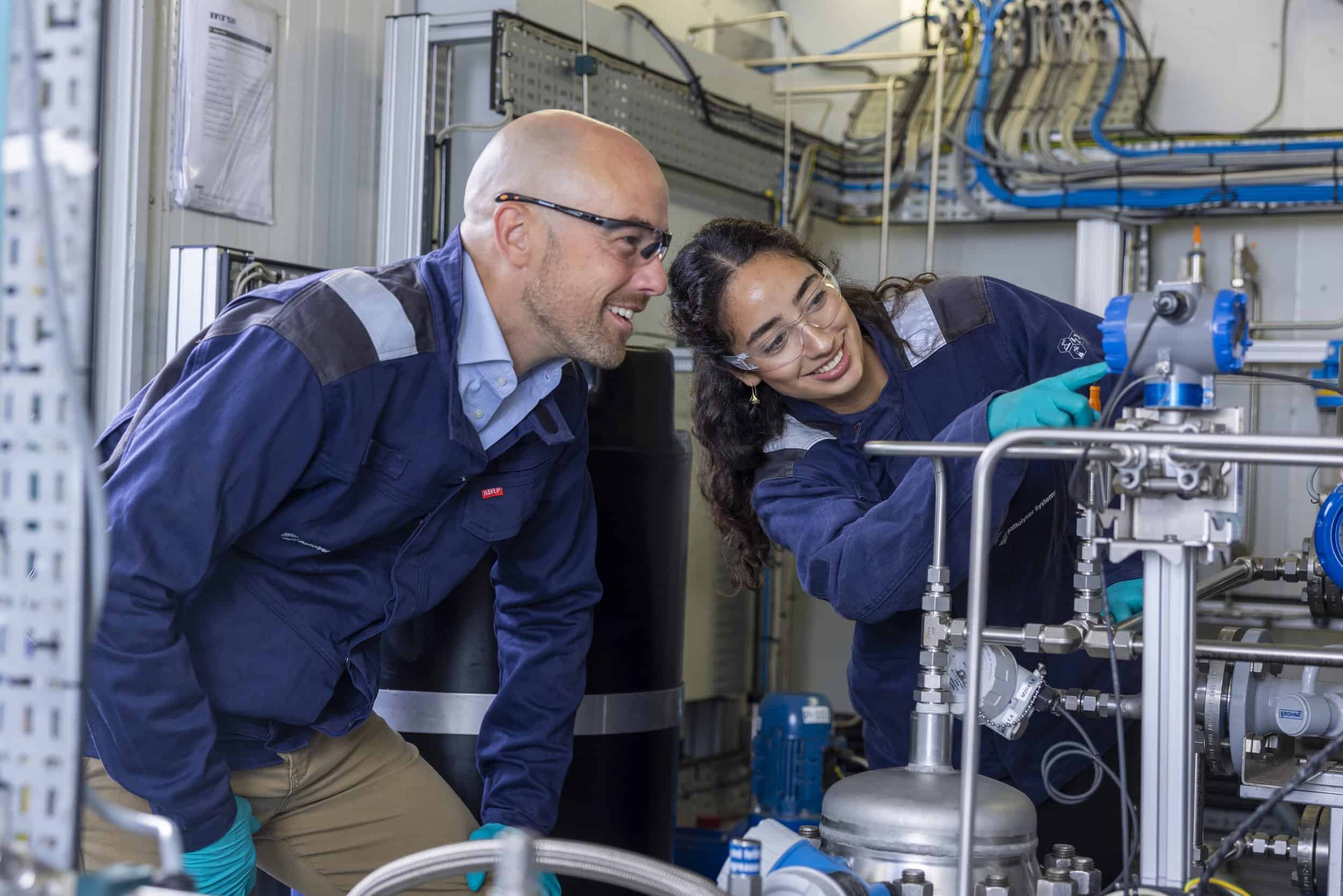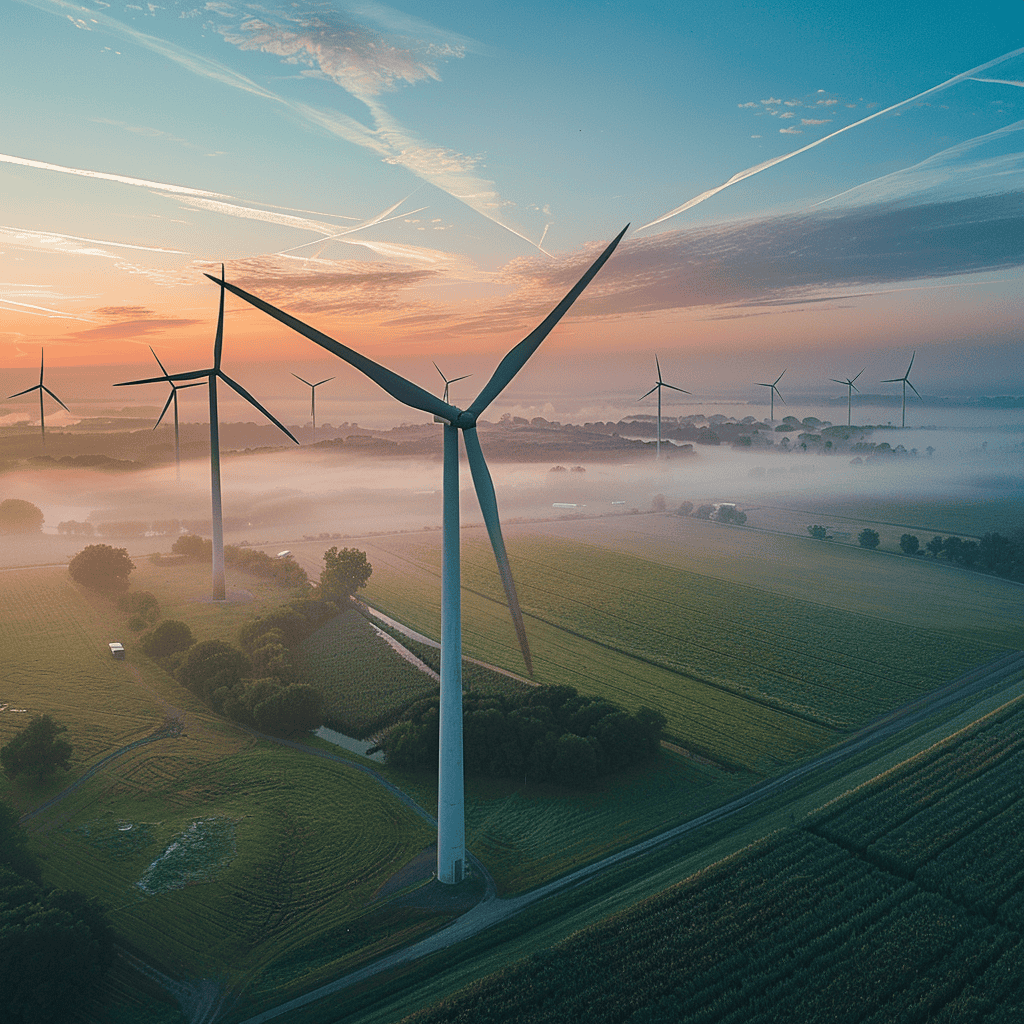
Anyone who drives a hydrogen-powered car knows: the nearest petrol station is never just around the corner. But that’s about to change. According to plans contained in the climate agreement, fifty hydrogen refuelling stations are to be added in The Netherlands in 2025. After the summer, a hydrogen refuelling station will open in Amsterdam. That will be built by Holthausen Energy Points (HEP). An on-site electrolyser will be used to produce the hydrogen with green electricity that they’ve bought.
While in Germany, scientists from the Helmholtz-Zentrums Geesthacht (HZG) discovered that hydrogen can be refuelled up to five times faster with the addition of magnesium hydride. Adding this substance means that from now on you will be able to use a smaller tank for storing your hydrogen. Normally you need a 122 litre tank to store five kilograms of hydrogen, but adding magnesiumhydride means that a 46 litre tank will suffice.
Yet it will still be a while before this technique is available, as far as the scientists are concerned. The next step is to optimize the process and make it suitable for use in vehicles.
Hydrogen market is growing
Lennart van der Burg is a hydrogen expert at TNO. As with similar institutes in Germany, this Dutch research institute conducts all kinds of studies in this area. Van der Burg sees a lot of developments as well. But in his view it is important that the green production of hydrogen should finally get underway. “The Netherlands currently produces almost a million tons of hydrogen, but this is all what is referred to as grey hydrogen. This means that it is produced with natural gas which in turn produces CO2 emissions. Under the climate agreement, the government is fully committed to decarbonization with the aim of reducing CO2 emissions. Globally, only about 100 megawatts of capacity for green hydrogen production was realized in the period between 2000 and 2018″.
This is due to the fact that the technology is still very expensive, as Van der Burg explains: “The electrolysis technique used to produce hydrogen from sustainably generated electricity costs around €1000 per kilowatt; it soon costs more than €1 million to produce 1 megawatt. And because the market for green hydrogen is not yet in place, electrolyser producers are reluctant to invest in the industrialization of their process.
Spiralling costs
What also plays a role in the spiralling costs is that very few companies are currently involved in the development of this technology. For example, there are only three membrane suppliers. However, this is about to change soon. TNO is being approached more and more often by (international) companies that want to become active in the electrolyser supply chain.”
The largest water electrolyser in Europe is located in Austria. The H2Futures project has a capacity of 6 megawatts. By way of comparison: In The Netherlands, Veendam has the largest facility for green hydropower. The HyStock project has a capacity of 1 megawatt. This produces 400 kilograms of hydrogen per day. Energy comes from 5,000 solar panels and from offshore wind turbines. Both projects have received subsidies from the European Union.
The Netherlands is not living up to its ambitions
Last week the EU announced a subsidy for a Dutch project in Delfzijl. This proposed facility should yield 20 megawatts of green hydrogen equivalent to 3,000 tons per year. It is to be built by Nouryon and Gasunie. The EU subsidy is in addition to an investment of €5 million announced by the Dutch government. “It’s a very nice statement”, says Van der Burg, “But it doesn’t get us all the way there quite yet. The first major green hydrogen plant will probably be built in Germany after the summer.”
The Netherlands has stipulated in the climate agreement that it wants to produce 500 megawatts of green hydrogen by 2025. Which is five times more than is currently being produced around the world. According to Van de Burg, a lot still needs to be done before this ambition can become a reality: “The Netherlands is good at setting ambitions. Whereas achieving them is, to put it mildly, a challenge. Last week it again became apparent that we are still far behind when it comes to the production of green electricity in comparison to the rest of Europe”.
Alternatives to metal
But progress is slowly but surely gaining momentum: “What you are seeing more and more is that the major players in the gas industry are taking over SMEs which are developing techniques involving hydrogen. There is a lot of momentum, which is needed to set up a supply chain in order to be able to apply the technology on a broad scale. There is also still work to be done in terms of industrialisation. We still use scarce materials such as platinum for electrolysis and these will eventually run out. The challenge is therefore to reduce their use and at the same time find alternatives. Or to ensure that those metals are recycled properly.”
If it’s up to the Dutch government along with network operators like Tennet and Gasunie, hydrogen will play a major role in the energy transition from 2030 onwards: “But then I think the government will have to lend a helping hand to companies. Think about a combination of CO2 levies and stimulation of carrying out and supporting pilot and demo projects. According to the International Energy Agency (IEA), green hydrogen could compete with grey hydrogen by 2030. Over time, applications for hydrogen will be far more widespread across the globe. Especially in sectors where there are few alternatives, such as steel and aviation.







